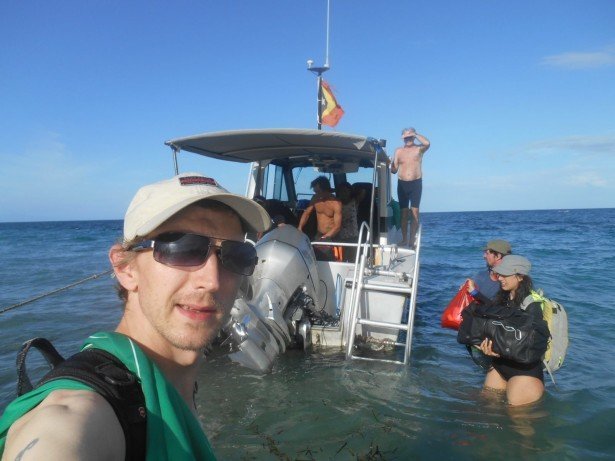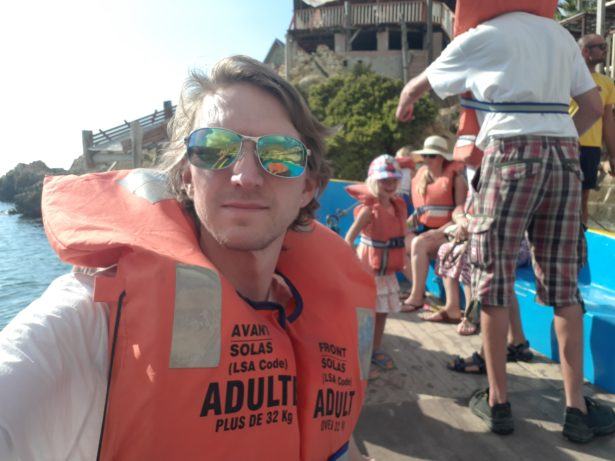One of the best ways to beat depression is to be out in nature. And boating is one of the greatest ways to get away from the world and get immersed in the natural world. Feeling the cool breeze and hearing the gentle lapping of waves is a great way to relax and unwind. However, safety when boating needs to be a priority.
Understanding basic safety rules is a must as is having everything prepared in case of an emergency. It takes some education to make sure your boating adventures are both fun and safe. In this article, we will go over the basics when it comes to boat safety so you can get the most out of your time on the water.
1 – Keep the boat maintained
Your safety plan begins before you step foot on the boat. What this means is that the boat itself needs to be prepared to make sure it is safe to be out on the water.
The first step to boat maintenance is to check the hull. Regularly examining the hull can spot minor issues before they turn into major problems. You may have some cracks in it, or there is wear and tear that could cause concern.
Next, take a look at the engine. It is important that any worn parts are replaced and everything is well oiled. In addition, make sure your bilge pump is working. Pumps for boats will remove any water that does make its way into the boat to keep the engine from getting water in it.
Skipping these checks might seem okay for a while. But, over time, small issues can grow. A little time spent on maintenance can save a lot of stress and money down the line.
2 – Personal Flotation Devices (PFDs)
PFDs play a vital role in saving lives when out on the water and should never be an afterthought. Not only do you need to make sure that you have a life jacket for everybody on board, but you need to have the right kind.
Just as shoes come in various sizes and designs, so do life jackets. And wearing the wrong size or type can be as risky as not wearing one at all. For instance, children need jackets designed for their size and weight.
In addition to having a life jacket for everybody, make sure they are handy and can be grabbed quickly in an emergency.
3 – Be prepared for the conditions
The skies might look clear from your living room, but things can change quickly on the water. Before setting sail, always check the weather forecasts. Marine forecasts are usually more accurate and should be the ones you go by instead of regular weather ones.
Having tools onboard to track changes is wise. A barometer, for example, can alert you to drops in air pressure, which often signal approaching storms. A VHF marine radio is another valuable tool. Always respect the power of nature and be ready to respond.




